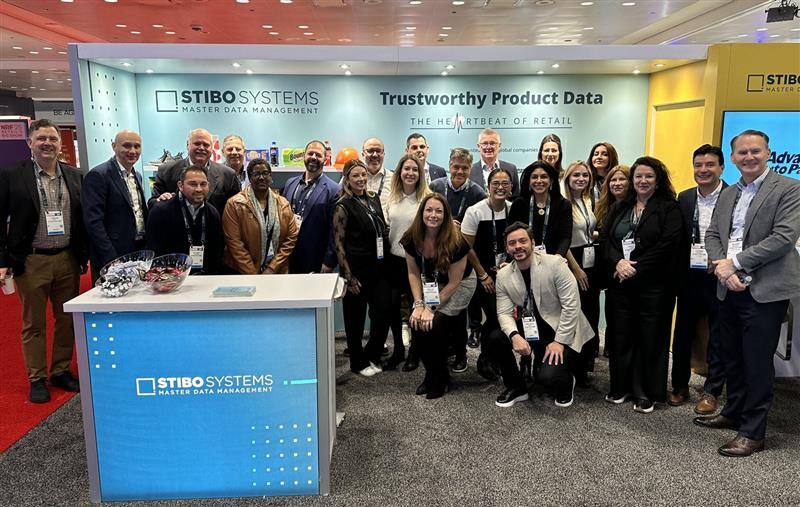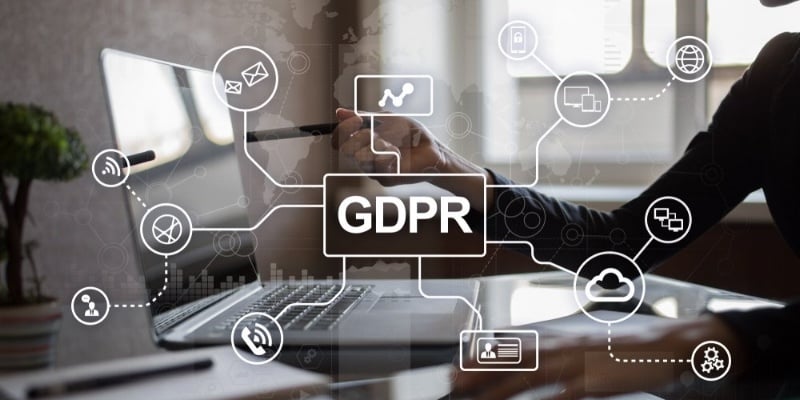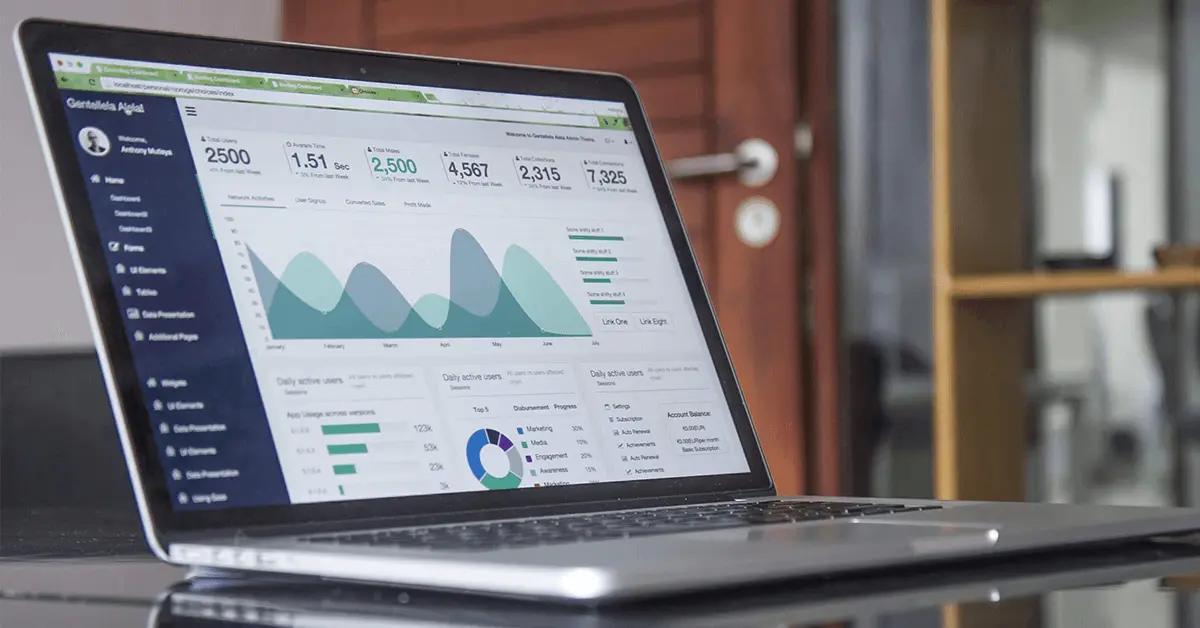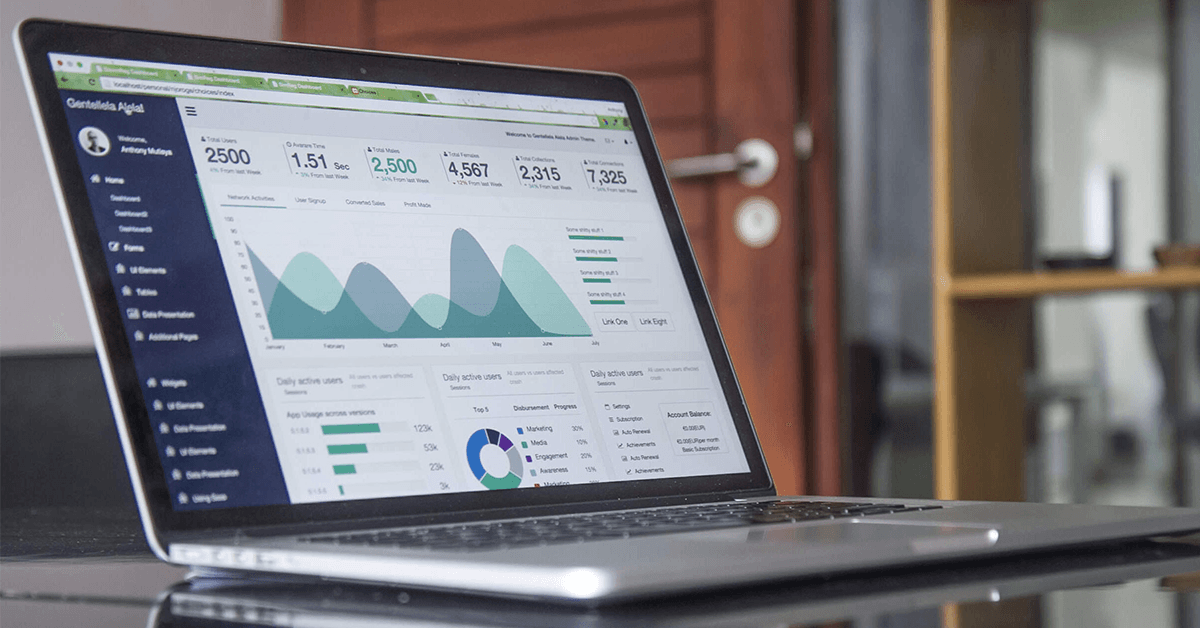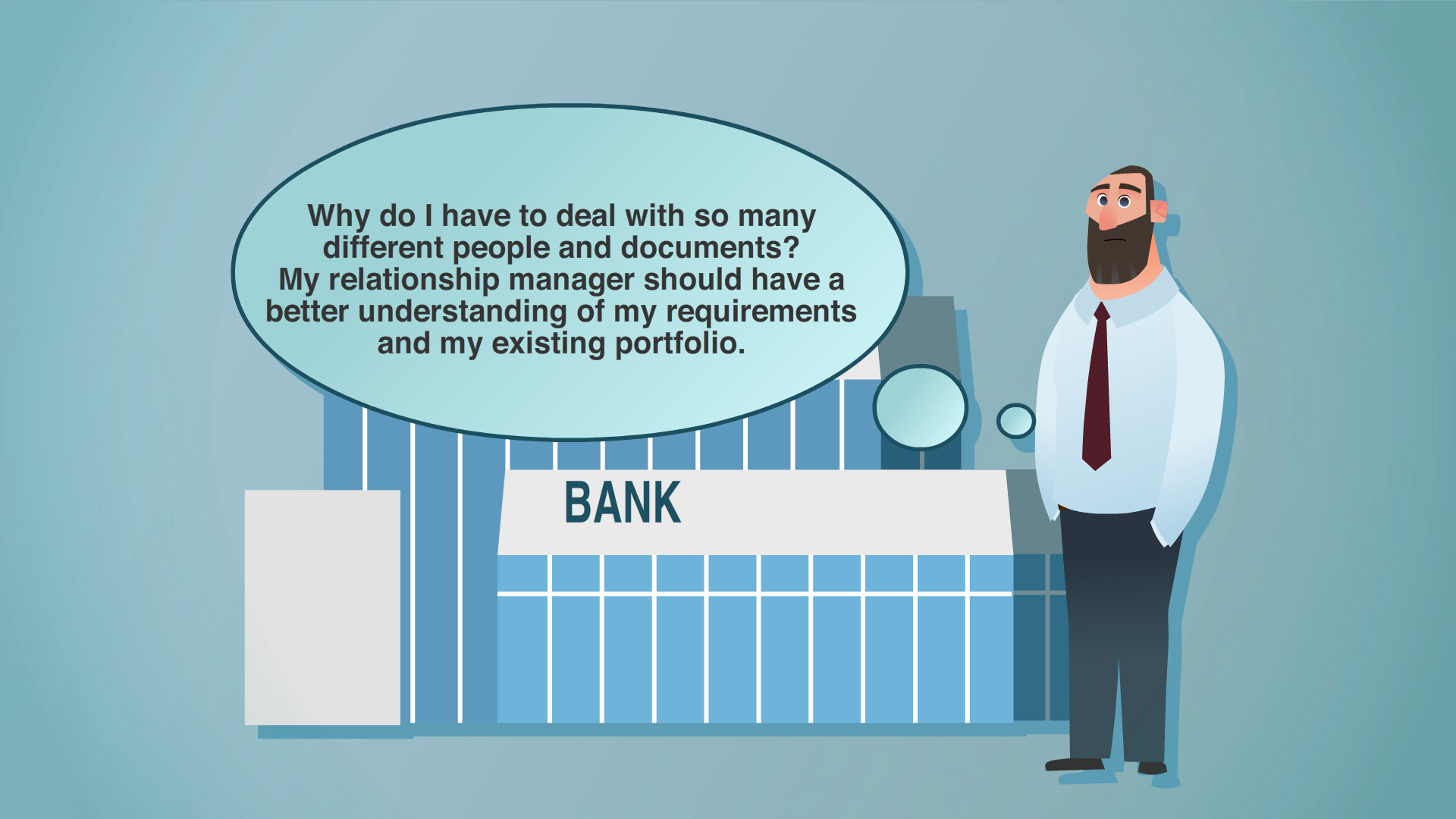There’s no shortage of customer data — from their activity on your website to purchase history to communication preferences. While most companies have more customer data than they know what to do with, many aren’t fully harnessing it. And they’re certainly not using it as effectively as they could to create a better customer experience (CX).
That’s where customer data platforms (CDPs) and master data management (MDM) come into play. While both can be powerful tools for getting to know your customers and creating an exceptional CX, you’ll only maximize the value if you use them correctly.
For example, personalization. CDPs are most effective when they’re powered by a strong MDM foundation. Without it? Personalization is nothing more than guesswork.
We’re breaking down what CDPs and MDM are, how they work together to create a better CX and how Stibo Systems Platform can help you get more value from your data and CDP.
What is a customer data platform?
A customer data platform collects, unifies and manages customer data from different sources, helping you understand your customers' behaviors and interactions on a deeper level. CDPs collect every little detail about how customers interact with your brand, like what they browse online or buy in-store, which emails they open or which ads they click on.
Brands use this data to:
- Deliver personalized experiences
- Tailor the customer journey
- Focus their marketing efforts
- Create an unforgettable customer experience
What is master data management?
Master data management brings tech and process together to consolidate, cleanse and synchronize your customer data across systems and teams to create a single, trusted view of every customer. It does this by:
- Properly categorizing your customer data
- Labeling it correctly
- Standardizing data formats
- Accurately enriching existing customer profiles
- Ensuring all customer data is accurate and free from duplicates
MDM turns your customer information into trustworthy data that acts as the foundation for the success of all your data-related projects — including CDP success. Without it, you get duplicate, siloed and inaccurate data that prevents golden customer records and creates chaos.
Are MDM and CDPs the same?
While MDM and CDPs are often confused for the same thing, they serve distinct purposes:
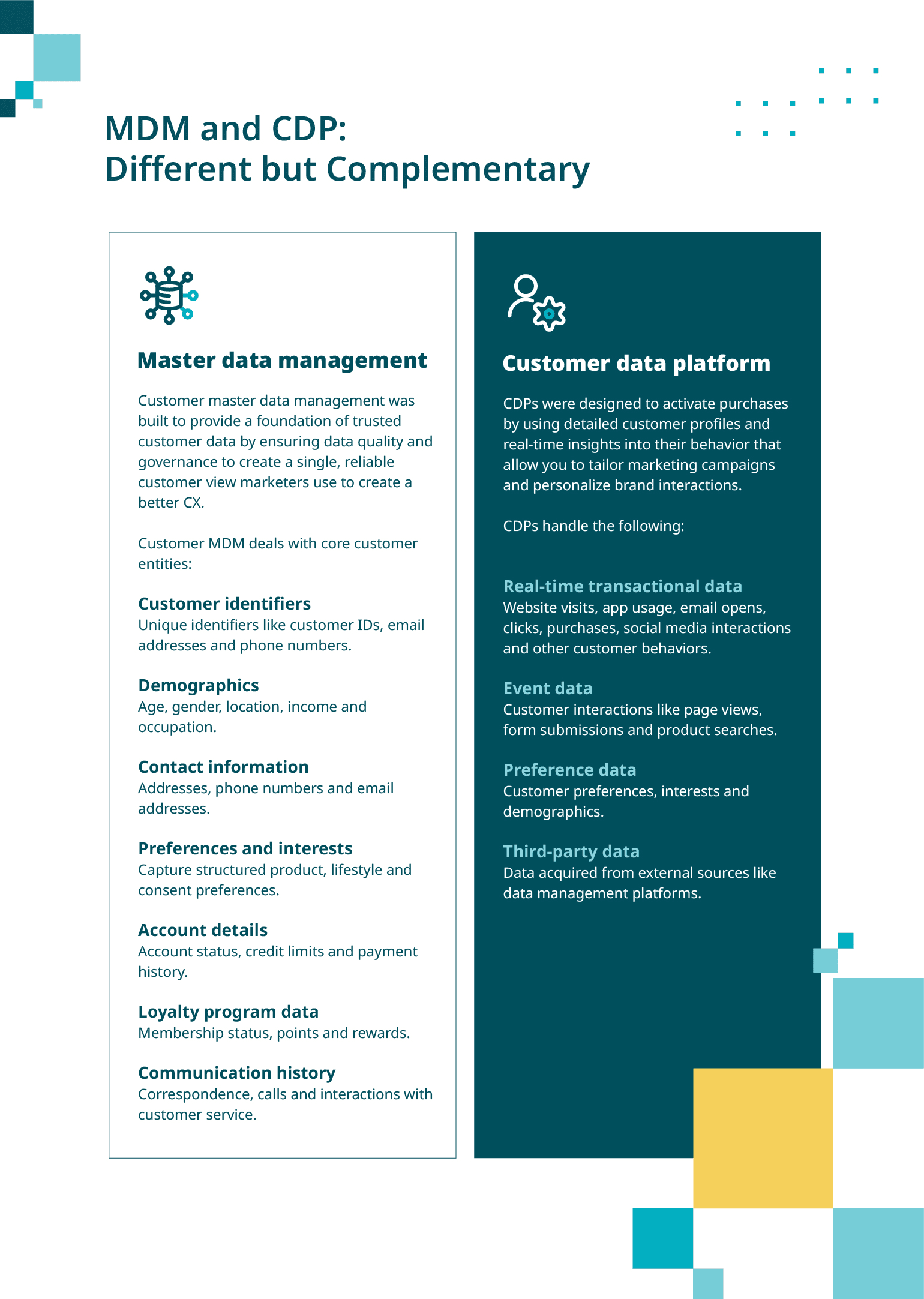
CDPs and MDM aren’t rivals — they’re allies. You need them both, working together, to build a strong data foundation. When you do, you make them even more powerful. Here are just a few of the benefits of combining your CDP with MDM:
- Increased sales
- Improved hyper-personalization and omnichannel outreach
- Enhanced emails and advertising
- An easier path to purchase across channels
- Increased customer satisfaction and loyalty
- Compliance with industry standards
So, how can you use them together? Power your CDP with the clean, accurate and reliable data foundation that MDM delivers. With that foundation, you can pull the critical insights needed for more effective marketing and CX initiatives.
MDM and CDP: At the intersection of data quality
CDPs do an exceptional job of building detailed customer profiles using all kinds of data, including:
- Transactional data
- Behavioral data
- Structured data
Marketing teams can then use the information in their CDPs for enhanced segmentation to power email marketing, real-time advertising and other personalization initiatives. But there’s one big catch: the success of these functions is dependent on the quality of the data in your CDP.
The cost of poor data flooding your systems — like your CDP — adds up fast. It costs $1 to verify data as entered, $10 to cleanse and de-duplicate each error and $100 per error to operate a system fueled by bad data.
You need high-quality data to run your CDP. MDM delivers that trustworthy, reliable data. Rich and accurate customer master data provides a deeper understanding of your customers that helps you attract and convert them through personalization efforts and a better CX.
But what happens when you don’t have high-quality data you can rely on? Let’s take a look.
Bad data, bad outcomes
Just like you wouldn’t want Google Maps to use outdated or inaccurate information that would take you to the wrong place (or lead you off a cliff), you don’t want flawed data feeding your CDP and creating poor customer experiences.
With MDM, you can avoid that. It makes sure you can trust the data flowing into your CDP. But without it? You’ll get misleading insights that could lead to negative downstream outcomes.
1. Poor segmentation
Segmenting your customers based on inaccurate information means sending irrelevant messaging, grouping them based on inaccuracies and ineffective targeting. It’s a waste of their time and your marketing efforts.
Let’s say your next campaign is for your budget line launch, but you target high-income individuals because you’ve got inaccurate income data. You’re basically throwing away ROI.
Pro tip: Use MDM to ensure data accuracy — it cleanses and standardizes data from various sources to give you trustworthy data to work from.
2. Failed personalization
Want to create a more personalized customer experience by sharing tailored recommendations and offers with your customers? You need complete, up-to-date customer profiles. Without them, personalization falls flat and your customers lose trust in you.
Pro tip: Use MDM to create golden customer records. MDM consolidates customer data across systems, resolving inconsistencies and giving your CDP a complete view of your customers.
3. Ineffective campaigns
Sending the wrong message to the wrong audience achieves low engagement and conversion rates. But it also repels customers who expect you to get personalization right.
According to McKinsey, 71% of consumers expect personalization, and 76% get frustrated when you don’t deliver those personalized interactions.
For example, you send a promotional email (with a discount) for a product that a customer already paid full price for. Instead of delighting them with a tailored offer, they’re annoyed they paid full price.
Pro tip: Use MDM to maintain a single, accurate view of each customer. No duplicate records, no costly inaccuracies and your CDP has the correct data about customer interactions and purchase history.
4. Skewed insights
The problem with flawed data is that you use it to pull insights and make business decisions. The result? You make poor decisions, and your strategies are built around inaccuracies.
Whether it’s sending campaigns to the wrong segment, diagnosing churn based on inaccurate data or creating a poor CX based on incomplete purchase histories, flawed data leads to flawed decision-making.
Pro tip: Use MDM to keep customer data consistent and accurate so your CDP can generate reliable insights into customer behavior, preferences and trends.
Get more value out of your CDP with MDM
When you add customer MDM as part of your CDP workflow, you’ll get even more value from your CDP, including better segmentation and direct marketing from the updated, accurate and trustworthy customer data.
Here’s a little sneak peek at what’s possible when you fuel your CDP with MDM:
- CDP data anchored to the MDM golden record
- A true 360° view of your customers
- Improved segmentation and personalization
- Actionable analytics
- No more manual data input errors
- Streamlined processes
- Data connected from separate systems — no more data silos
- New behavioral insights that enrich MDM
- Syndicated data in near real-time
- Customer data governance, lineage and compliance
Stibo Systems Platform has multidomain capabilities that go beyond customer data. These capabilities allow you to manage product, supplier, location and other critical domains, all in one place. This further enhances the value of the insights from your CDP.
MDM follows three key processes — data cleansing, matching and enrichment — to build the reliable data foundation you need for your CDP to function well.
1. Data cleansing
MDM cleanses data by finding and fixing errors and inconsistencies. It can:
- Correct typos, misspellings, abbreviations, nicknames and joint names
- Parse and standardize formats, like dates and addresses
- Validate data against trusted sources
By cleansing data, you get one step closer to creating those coveted golden records that serve as a foundation for smarter decision-making and better business.
2. Data matching
Finding duplicate customer records — identity resolution — is critical for improving data quality and delivering reliable customer data. MDM does this by using configurable fuzzy matching rules, machine learning and granular survivorship rules.
It then identifies matching (duplicate) customer records across and within siloed data sets — even when records don’t immediately appear to be the same. This not only resolves duplication, but helps you get a clear, complete and accurate view of your customers.
3. Data enrichment
One of the best ways to get more value from your customer data is to continually enrich it by pulling in relevant information from external sources. MDM enriches your data with:
- Address, email and phone validation
- Demographic data
- Segmentation data
- Loyalty rewards
- Aggregated sales data, spend or insights from your CDP
Through each one of these processes, MDM creates a golden record for every customer — giving you (and your CDP) a single, trustworthy and comprehensive source of customer data. Data you can rely on.
How Stibo Systems Platform enhances CDPs
We’ve already explored the value of MDM, especially in powering your CDP. But not all MDM solutions are created equal. Stibo Systems Platform — our cloud-based, SaaS solution — processes and governs master data across domains, delivering trustworthy data to drive growth and efficiency.
Powered by AI, Stibo Systems Platform brings master data management into a single platform, becoming a single source of truth for your data. This centralized approach to MDM helps you scale as your business evolves. And it delivers the reliable, accurate data you need to fuel your CDP:
- Unmatched data quality. Stibo Systems Platform cleanses, matches and enriches data — crucial parts of creating CDP-ready data. By creating golden records, MDM helps you lay the foundation for superior segmentation, personalization and targeted campaigns.
- A smooth integration. Our platform connects seamlessly with many CDP platforms, ensuring smooth data flow between systems. The result? No more data silos, which means you get an accurate and complete view of your customers.
- A scalable and flexible foundation. Our platform adapts as your business evolves, scaling up or down alongside you.
On top of MDM core capabilities, you get a partner who has been at the forefront of innovation and MDM for decades. We’ve worked with businesses across industries — from retail and CPG to manufacturing and distribution.
Get more out of your CDP with Stibo Systems Platform
While customer master data management and your CDP serve different purposes, they become instantly more valuable as complementary solutions. MDM ensures data quality and governance while CDPs leverage that data for real-time personalization and engagement.
And together, they deliver unforgettable customer experiences.
Fuel your CDP with Trustworthy Data
Learn more about master data management and how Stibo Systems Platform can provide the trustworthy data your CDP needs for optimal outputs.



























































